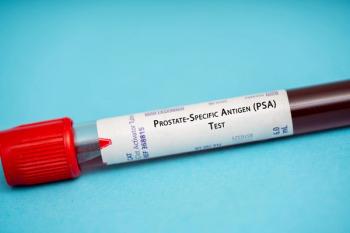
FDA Approval Expands New Adbry Autoinjector Option for Adults with Moderate-to-Severe Atopic Dermatitis
The new 2 mL autoinjector offers a more convenient option for adult patients by reducing the number of required injections by half compared to the pre-filled syringe.
After the recent FDA approval of LEO Pharma Inc.'s Adbry® (tralokinumab-ldrm) as a 300 mg single-dose autoinjector, the drug will be offered as a new treatment option for adult patients with moderate-to-severe atopic dermatitis (AD).
The approval yesterday introduces a new delivery method for Adbry, which was previously only available as a 1 mL pre-filled syringe.
The new 2 mL autoinjector offers a more convenient option for adult patients by reducing the number of required injections by half compared to the pre-filled syringe.
Patients who prefer the pre-filled syringe will still have that option available in the U.S.
Brian Hilberdink, EVP and President, Region North America, LEO Pharma, said in a news release that their team will “undertake the necessary steps to ensure patients living across the United States have access to this device in the coming months.”
AD is a chronic, inflammatory skin disease where those affected experience intense itching and lesions.
According to a previous
Adbry functions by specifically binding to and inhibiting the IL-13 cytokine, a primary driver of AD symptoms. For patients aged 12 to 17-years old, the treatment begins with an initial dose of 300 mg, followed by 150 mg dose every two weeks.
The initial FDA approval for Adbry was approved in December 2021 for adults with moderate-to-severe AD and was expanded to include pediatric patients aged 12 and older in December 2023.
The price for Adbry, as of December, is $1,810.87 for a two-syringe pack and $3,621.73 for a four-syringe pack.
LEO Pharma offers several support programs, including a $0 copay program for those with commercial insurance, a bridge program for insured patients whose insurance does not yet cover Adbry and a patient assistance program for uninsured individuals.
Adbry is marketed outside of the U.S. under the trade name Adtralza® (tralokinumab). It’s also approved for treating moderate-to-severe AD in adults and pediatric patients 12 years and older in regions such as Canada, the European Union, the United Arab Emirates, Great Britain and South Korea. Adtralza is approved for use in adults with moderate-to-severe AD in Saudi Arabia, Switzerland and Japan.
Newsletter
Get the latest industry news, event updates, and more from Managed healthcare Executive.






















































